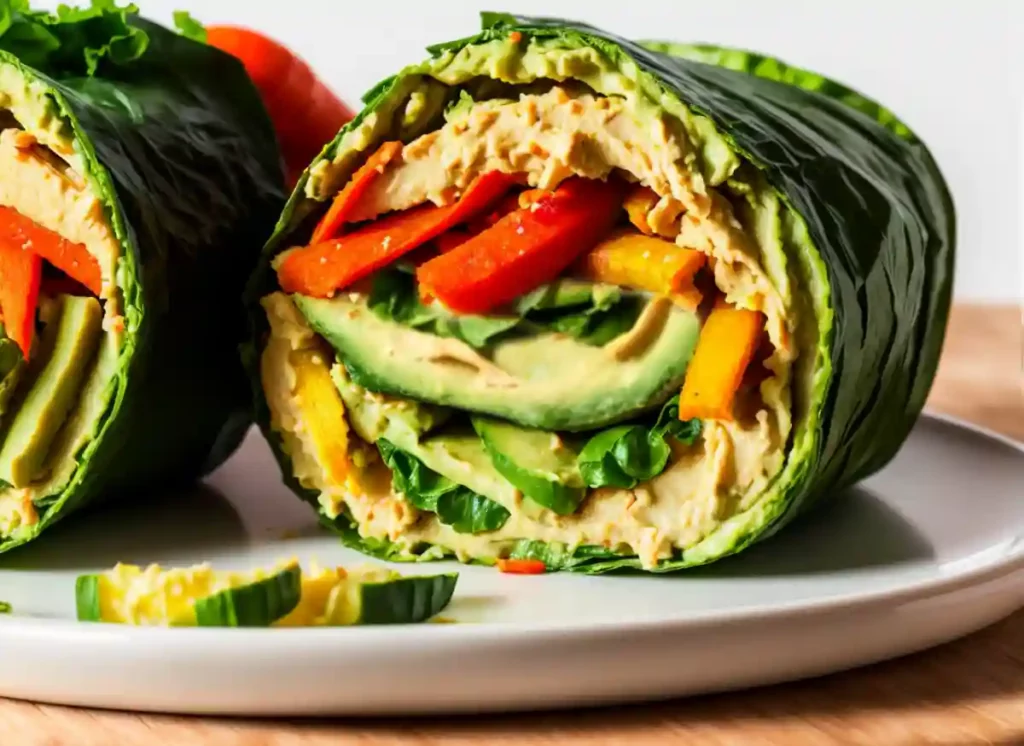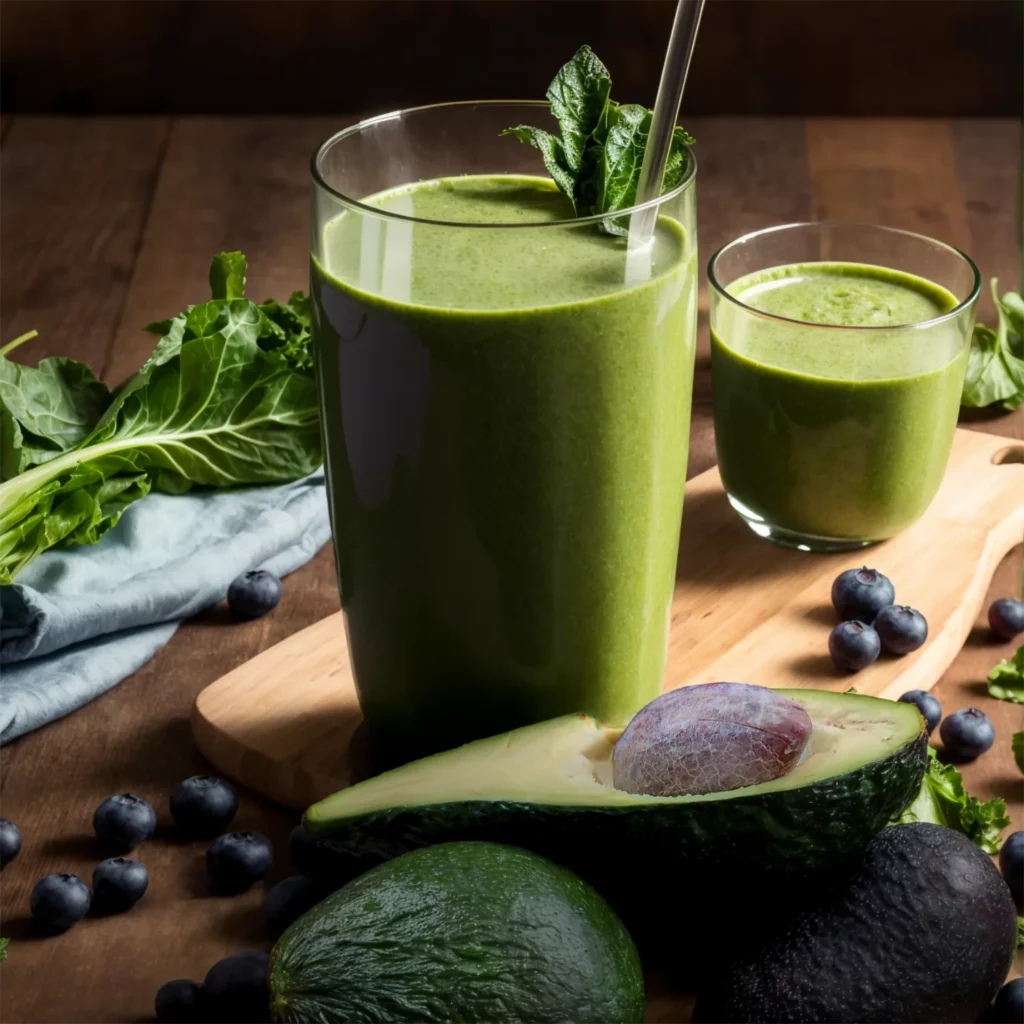This collard greens nutrition guide provides information on the nutrition, health benefits, and versatility of collard greens in many dishes. It compares their taste and nutrition to spinach and kale and offers easy ways to prepare them. Additionally, it explains how collard greens can aid in weight loss due to their low-carb and keto-friendly nature. This resource is helpful for those looking to add collard greens to their weight loss or low-carb/keto diet.
Table of Contents
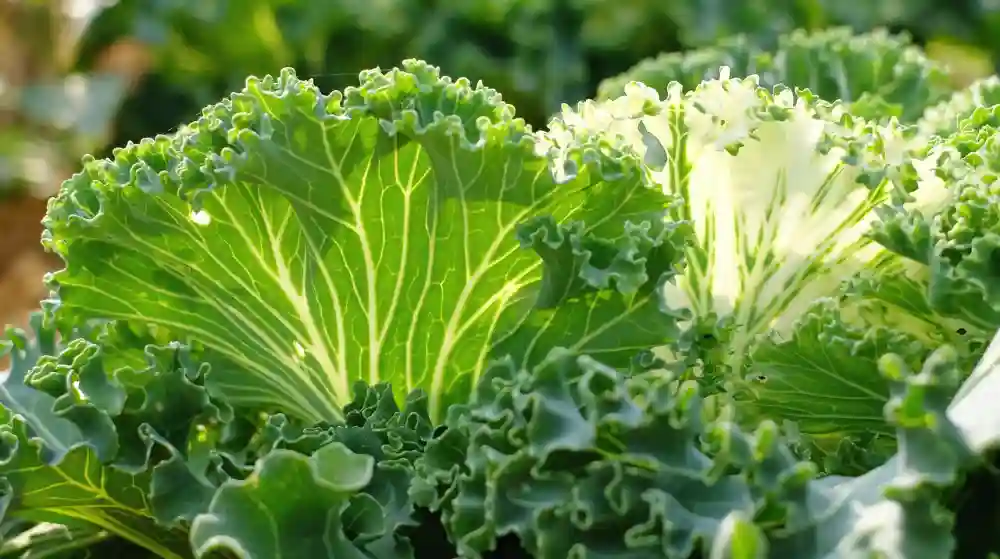
What Is Collard Greens?
You might be wondering, “What is collard greens, exactly?” Collard greens are a type of leafy green vegetable that belongs to the Brassica Oleracea species, which also includes other vegetables like kale, cabbage, and broccoli. These greens are known for their slightly bitter and earthy flavor, making them a unique addition to various dishes.
Collard greens nutrition is impressive and they are a remarkable addition to your culinary repertoire. These greens you can enjoy in a variety of ways. Whether you prefer traditional cooking methods or like to experiment with modern ideas. They are incredibly versatile. Check the recipes below 🡓
Collard greens aren’t traditionally part of European or Mediterranean cuisine, but they have a long history blended with local customs. Throughout Europe, assorted types of leafy greens are cooked with bacon or ham hocks to form an appetizing and flavorsome side dish.
Similar Vegetables to Collard Greens:
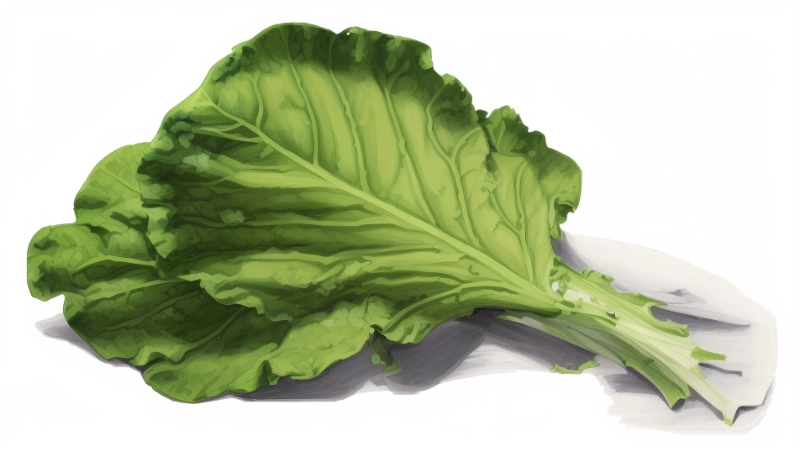
Family Brassica Oleracea includes a variety of leafy greens kale, cabbage, and broccoli. These veggies share some common characteristics, making them versatile ingredients in the kitchen.
Kale vs Collard Greens
Another common question is whether kale is different from collard greens. The answer is yes, they are distinct leafy greens, each with its own set of characteristics and advantages.
Here’s a quick comparison:
- Kale: Kale is often celebrated as a superfood, known for its exceptionally high levels of vitamins, particularly vitamin K and vitamin C. It’s also rich in minerals, antioxidants, and is known for its anti-inflammatory properties. Kale is usually tender and has a slightly different taste, making it a popular choice in salads, smoothies, and as a healthy snack.
If you want to include kale in your diet try this amazing recipe for sweet potato kale hash from Saving Talents, you can easily substitute kale for collard greens in this recipe and experiment with the taste.
Kale benefits: More information on Healthline. - Collard Greens: Collard greens are equally impressive in the nutritional department. They are recognized for their higher calcium content, making them a valuable source of this mineral. Collard greens have a unique, hearty flavor and a robust texture that stands up well to cooking. They are often featured in traditional Southern dishes, offering a different experience compared to kale.
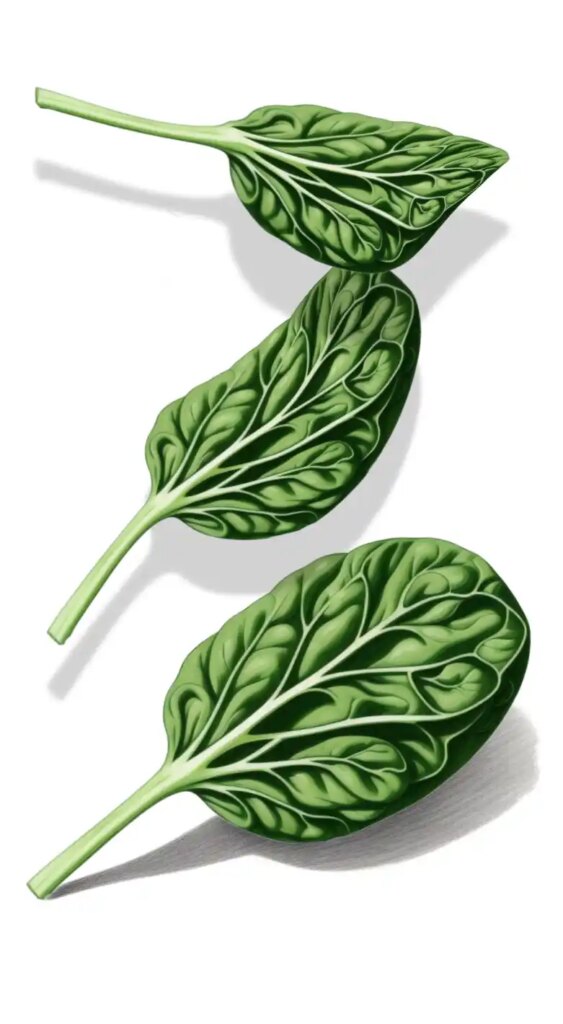
Collard Greens vs Spinach
Both options have their own unique qualities and nutritional benefits. Deciding which is “better” depends on your specific dietary needs and personal preferences.
- Collard greens tend to be higher in fiber and calcium compared to spinach.
- Spinach, on the other hand, is richer in iron and vitamin K.
- Collard greens have a slightly bitter, earthy flavor, while spinach offers a milder, sweeter taste.
- Both collard greens and spinach are excellent sources of essential vitamins, minerals, and antioxidants.
Spinach benefits: More informations on Helthline.
Collard greens vs spinach choice ultimately results depending on your taste, nutritional requirements, and how you plan to prepare them. Both of these types of greens can be an excellent addition to your diet. You can freely mix and match them based on your preferences and the recipes you like.
Swap out spinach for collard greens in these recipes effortlessly. Uncover the heightened benefits and elevate collard greens nutrition:

Is collard greens good for weight loss?
Collard greens can help with weight loss as they are low in calories and high in fibre, helping to keep you full and reducing overall calorie intake. In addition, the presence of alpha-lipoic acid in collard greens helps to stabilise blood sugar levels. However, it’s important to watch how they’re prepared; if they’re cooked with too much fat or oil, the added calories can hinder weight loss efforts.
More answers on this topic Ask a Professional
Countries That Eat Collard Greens
While they are a staple in Southern cuisine in the United States, you can find collard greens on the plates of people in countries with African, Caribbean, and Brazilian culinary traditions. These countries have incorporated collard greens into a wide range of dishes, from stews to side dishes.
Disadvantages
While collards are undoubtedly nutritious and tasty, there are a few things to be aware of:
- Bitterness: Collard greens can have a slight bitterness to them, which might not suit everyone’s palate. However, with the right cooking techniques and seasonings, this bitterness can be toned down, and the natural flavors can shine through.
- Tough Texture: The stems of collard greens can be quite tough and fibrous, which may be challenging to chew if not cooked properly. To enjoy them fully, make sure to cook collard greens until they are tender.
- Oxalates: Like many leafy greens, collard greens contain oxalates, which can contribute to the formation of kidney stones in some individuals. If you are prone to kidney stones, it’s advisable to consume it in moderation and stay hydrated.
- Gas Production: Collard greens, like other cruciferous vegetables, contain fiber, which can lead to gas or bloating in some people. Cooking them thoroughly can help reduce this effect and make them easier to digest.
Despite these potential disadvantages, collard greens offer numerous health benefits and delicious culinary possibilities. By cooking them with care and consuming them in moderation, you can enjoy all the goodness they have to offer without any worries.
More details about Collard Greens, Benefits & Nutrition you can read on Medical News Today.
Collard Greens Nutrition Table
In addition to their weight management potential, collard greens nutrition is impressively rich. They are an excellent source of essential nutrients such as calcium, folate and vitamins K, C and A.
| Nutrient | Amount per 100g | Amount per 3.5 oz |
|---|---|---|
| Calories | 32 kcal | 1.13 oz |
| Protein | 2.7 g | 0.095 oz |
| Carbohydrates | 6 g | 0.21 oz |
| Dietary Fiber | 4 g | 0.14 oz |
| Sugars | 1.5 g | 0.053 oz |
| Fat | 0.5 g | 0.018 oz |
| Saturated Fat | 0.1 g | 0.004 oz |
| Monounsaturated Fat | 0.1 g | 0.004 oz |
| Polyunsaturated Fat | 0.1 g | 0.004 oz |
| Vitamins & Minerals | ||
| Vitamin A | 771 µg (129% DV) | 15284 IU (257% DV) |
| Vitamin C | 35.3 mg (59% DV) | 35.3 mg (59% DV) |
| Vitamin K | 836.5 µg (1045% DV) | 697.08 mcg (869% DV) |
| Folate | 166 µg (42% DV) | 0.166 mg (42% DV) |
| Calcium | 232 mg (23% DV) | 0.232 g (23% DV) |
| Iron | 0.5 mg (3% DV) | 0.5 mg (3% DV) |
| Magnesium | 47 mg (12% DV) | 0.047 g (12% DV) |
| Potassium | 319 mg (9% DV) | 0.319 g (9% DV) |
Recipes with Collard Greens
Popular Turbo Tasty Recipes




